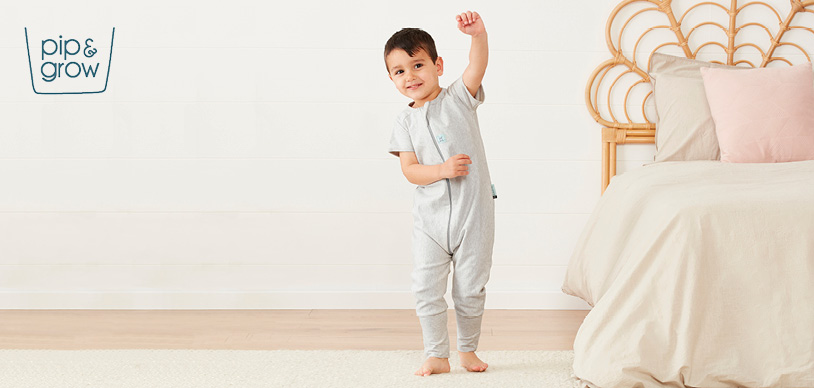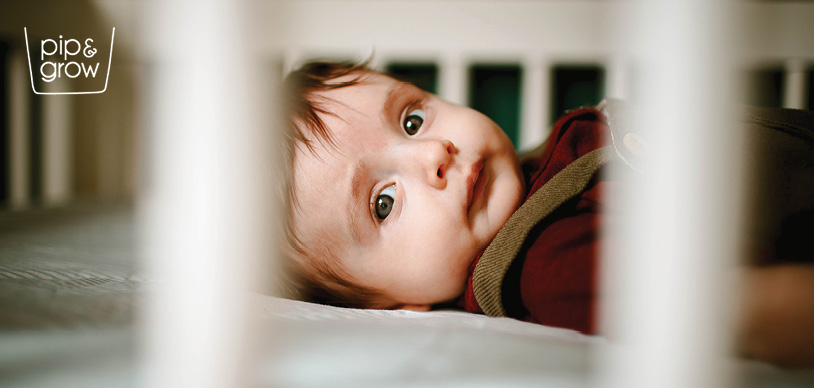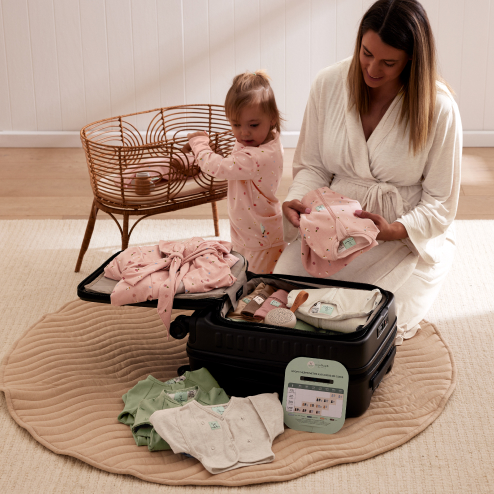The start of daylight saving time: The beginning of a nightmare week
17 March 2021 Newborn Sleep Infant Sleep Toddler Sleep Preschooler Sleep
The start of daylight saving time... If you’re like most parents everywhere, it marks the beginning of a nightmare week (or several) of bedtime shenanigans from your children.
A handful of you very, on-the-ball, organized, planner-types probably started moving your child’s bedtime 10-15 minutes later every day before the time change happened, so your family is already on the new schedule and doing great. If that’s you - congratulations! But, please move on. This post is not for you.
The rest of us had the time change thrust upon us and are now just trying to survive with children who are running circles around us for an extra hour *every* night. Ugh.
So - what’s an irritated (exhausted? overwhelmed? frustrated?) parent to do?
Survive and advance
The good news is that this “spring forward” time change is typically little easier on kids’ sleep cycles than the fall change. What that means for you is that if you suffer through for a week or two, it’ll all be fine. Promise. Children are adaptable creatures and they will figure it out.
Ignore the clocks...for a day or two
This goes against some of the usual advice, but hear us out...pushing bedtime or naps when you or your kids aren’t actually ready can be harder than just pushing the time a bit. If you decide to go this route, just keep your kids bedtime at the pre-DST for a night or two. Were they going to sleep at 7pm before? Well. Now they can go to sleep at 8pm.
Then, when you’re ready, start making their bedtime 10 minutes earlier every night until you’re back to 7. If everything goes swimmingly it takes 6 nights to adjust. But, on the off chance that your kids have a tough night one night, don’t stress. Just try again the next night. It’ll happen.
Breathe through it
Have you ever noticed that your kid seems extra high strung on your most stressful days? That’s no coincidence. Children are quick to pick up on our moods and adopt them as their own. The science behind this is called neuroregulation.
Infants are especially sensitive to their caregivers’ moods. That’s one reason bedtimes can be so challenging. You want your baby to fall asleep now because you’re exhausted and ready for some me-time. Your baby senses your anxiety and becomes anxious (not sleepy) themselves. So, you get increasingly frustrated and your baby gets increasingly wound up. Not ideal.
This is where your breathing can help. No really. Incorporating your breath as part of a bedtime mindfulness practice can make a big difference.
When you find yourself feeling antsy for your child to fall asleep, take a few deep breaths before (or even during when the overwhelm creeps in) the nap or bedtime routine. Here are two deep breathing techniques you can try:
The box breath
- Inhale slowly for a count of 4
- Hold your breath for a count of 4
- Exhale slowly for a count of 4
- Hold your breath for a count of 4
- Repeat 4 times
- Inhale, slowly, through your nose until you have filled your belly with air
- Exhale with a big sigh out of your mouth (yes - make the noise) as quickly as you can, forcing the air out of your belly
- Repeat 4 times
Pausing to breathe has been shown to help calm your nervous system, which will help you and your baby be more peaceful and relaxed when getting ready for sleep. People (even tiny ones) who are relaxed have a much easier time falling asleep.

Consider melatonin
Most pediatricians agree that short-term use of low dose (1mg or less) melatonin is safe for children older than 2. Time changes can be a good time to try this out. Give your child a tiny amount of melatonin about an hour before you want them to fall asleep. It won’t make them sleep *better* but will help their bodies adapt to the new time more quickly.
Key point: Always check with your pediatrician before offering supplements and the like to your kiddo. Melatonin may not be appropriate for your child.
If you choose to try melatonin, stop using it after about a week. While research studies of melatonin in children show that it’s safe for short-term use, we don’t have any data about long-term use. Your child should be fully adapted to the new time by then anyway.
Maybe this will end someday
There are growing calls for the end of all this time changing. A bipartisan bill was recently introduced in the Senate to stop changing the clocks. With any luck, this time change nonsense will be over before too long. Hang in there, tired parents.
By Kate Compton Barr, MPH, Co-Founder and CEO pip & grow
Kate Compton Barr has been working in health behavior and health education for more than a decade. As a Behavioral Scientist, she is an expert in making the healthiest choice the easiest choice. Kate leverages that expertise at pip & grow to design products that meet parents’ needs. Prior to helping found pip & grow, Kate was a researcher at internationally renowned institutions including Duke University and the University of Michigan.
Kate is a mom to her two wonderful children, Winnie and Max. She is happiest sitting by the ocean, surrounded by family and good food.




